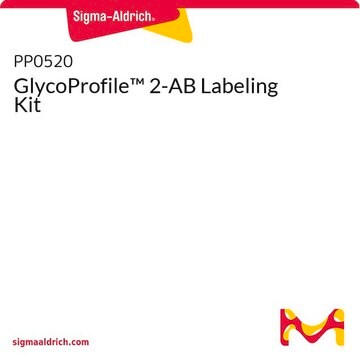156159
Sodium cyanoborohydride
reagent grade, 95%
Synonym(s):
Sodium cyanotrihydridoborate
About This Item
Recommended Products
grade
reagent grade
Quality Level
Assay
95%
form
powder
reaction suitability
reagent type: reductant
mp
>242 °C (dec.) (lit.)
SMILES string
[Na+].[BH3-]C#N
InChI
1S/CH3BN.Na/c2-1-3;/h2H3;/q-1;+1
InChI key
CVDUGUOQTVTBJH-UHFFFAOYSA-N
Looking for similar products? Visit Product Comparison Guide
Related Categories
General description
Application
- To convert the amino-functional Si3N4 surface to a reactive surface with aldehyde groups.
- For coupling amino-modified oligonucleotide probes.
- In the synthesis of a novel phenolate-bridged dilanthanum(III) complex of interest as a model for metalloproteins.
- In the reductive amination of aldehydes and ketones, and in the reductive alkylation of amines.
related product
Signal Word
Danger
Hazard Statements
Precautionary Statements
Hazard Classifications
Acute Tox. 2 Dermal - Acute Tox. 2 Inhalation - Acute Tox. 2 Oral - Aquatic Acute 1 - Aquatic Chronic 1 - Eye Dam. 1 - Flam. Sol. 1 - Skin Corr. 1B - Water-react 1
Supplementary Hazards
Storage Class Code
4.3 - Hazardous materials which set free flammable gases upon contact with water
WGK
WGK 3
Flash Point(F)
158.0 °F - closed cup
Flash Point(C)
70 °C - closed cup
Personal Protective Equipment
Choose from one of the most recent versions:
Already Own This Product?
Find documentation for the products that you have recently purchased in the Document Library.
Customers Also Viewed
Articles
Glycans play a key role in protein structure and disease; representation on cell surfaces is the glycome.
Glycans play a key role in protein structure and disease; representation on cell surfaces is the glycome.
Glycans play a key role in protein structure and disease; representation on cell surfaces is the glycome.
Glycans play a key role in protein structure and disease; representation on cell surfaces is the glycome.
Protocols
A step-by-step protocol for released N-linked glycan analysis of the monoclonal antibody adalimumab, based on UHPLC-FLR-MS and procainamide labeling.
Our team of scientists has experience in all areas of research including Life Science, Material Science, Chemical Synthesis, Chromatography, Analytical and many others.
Contact Technical Service















